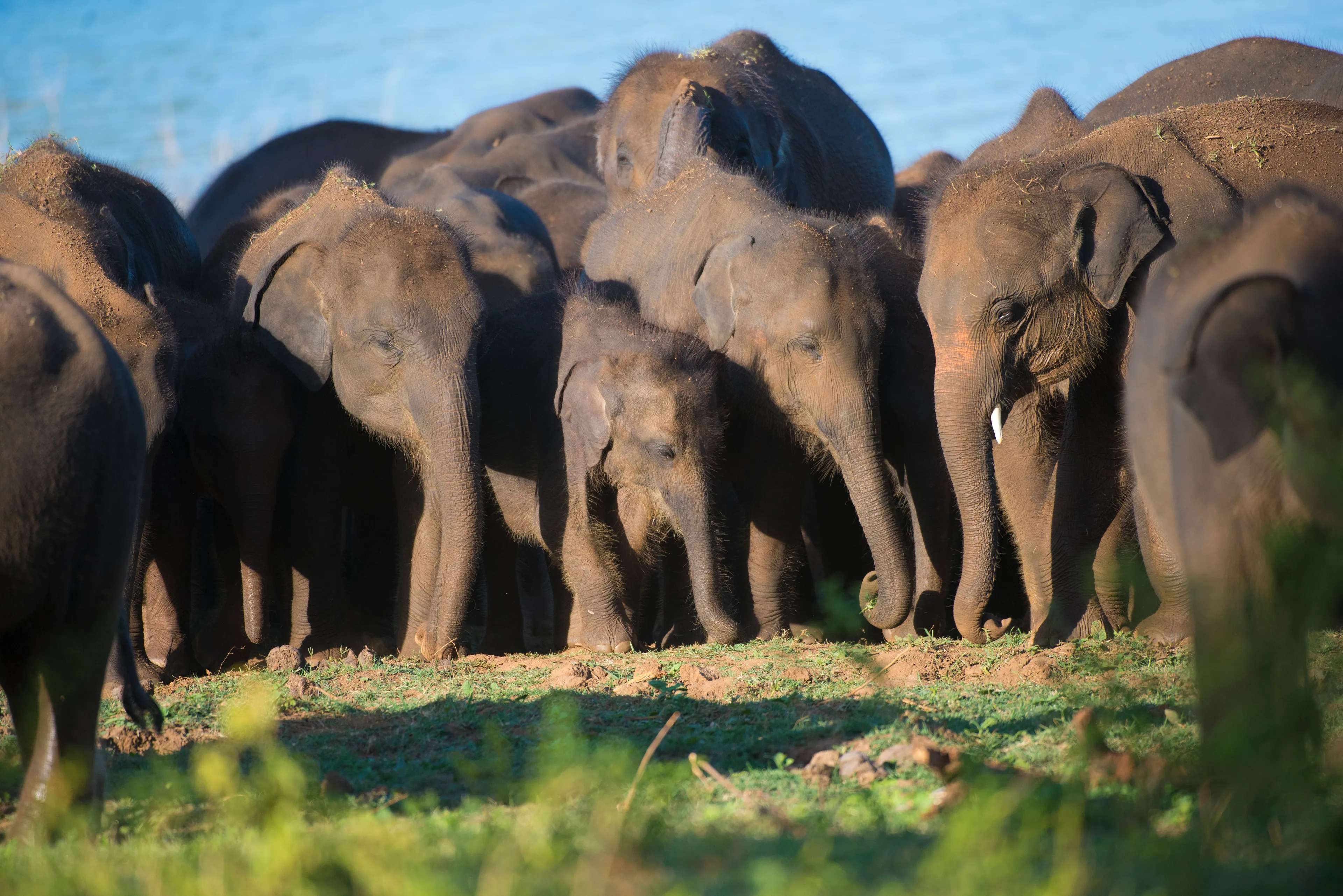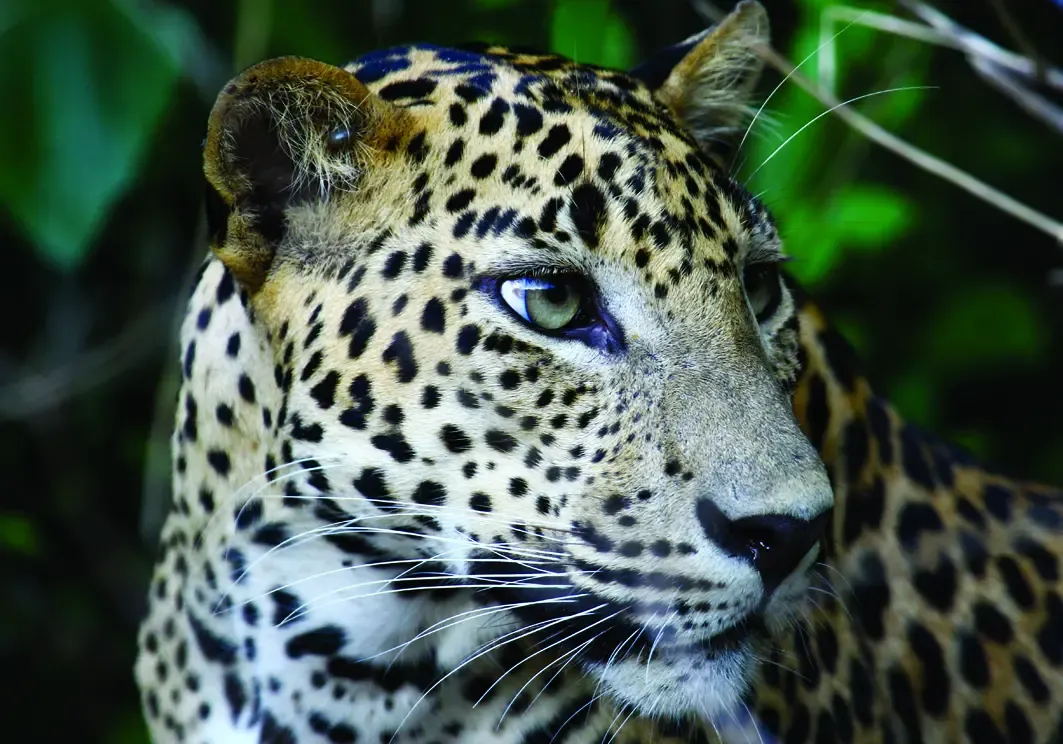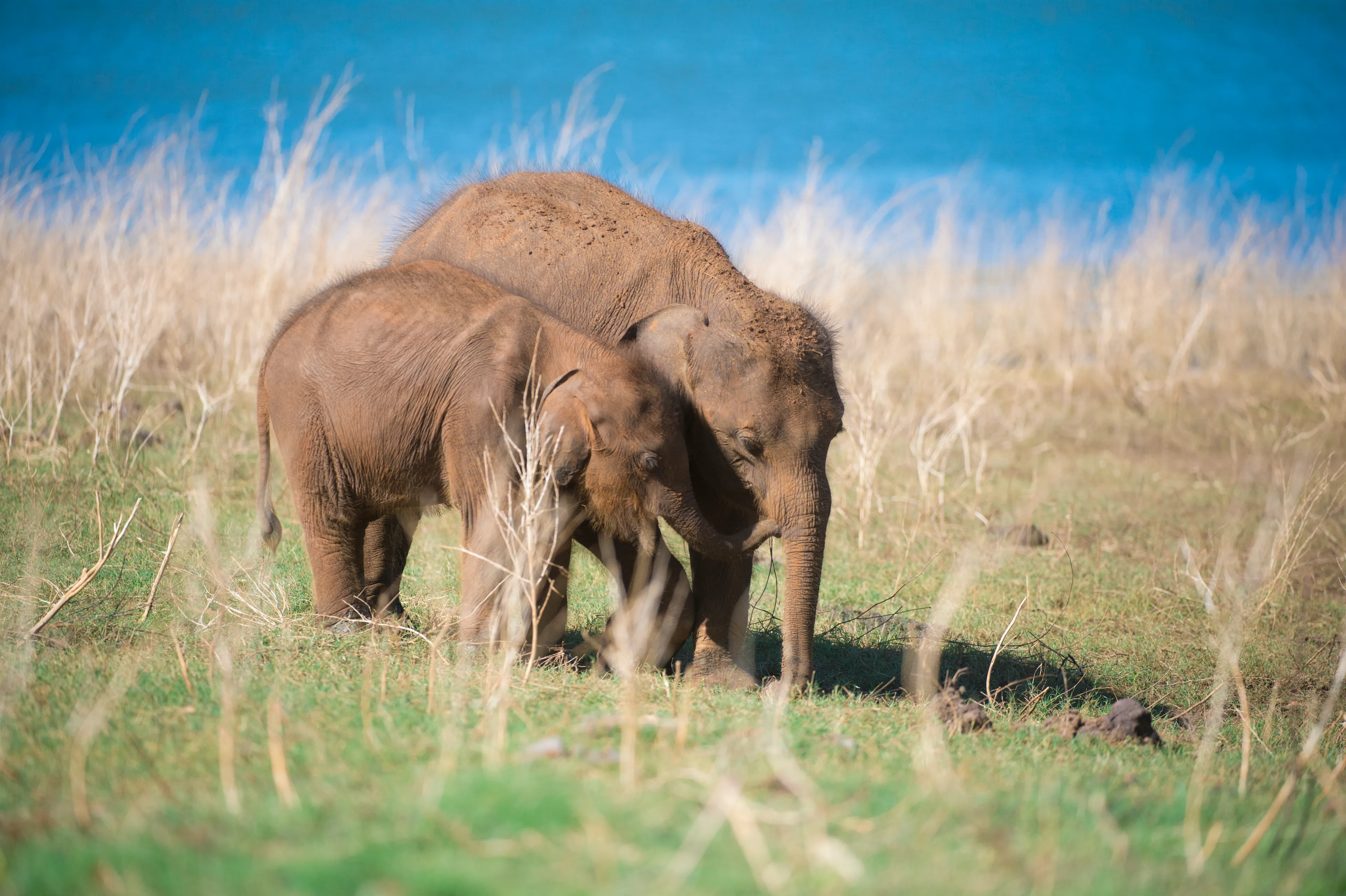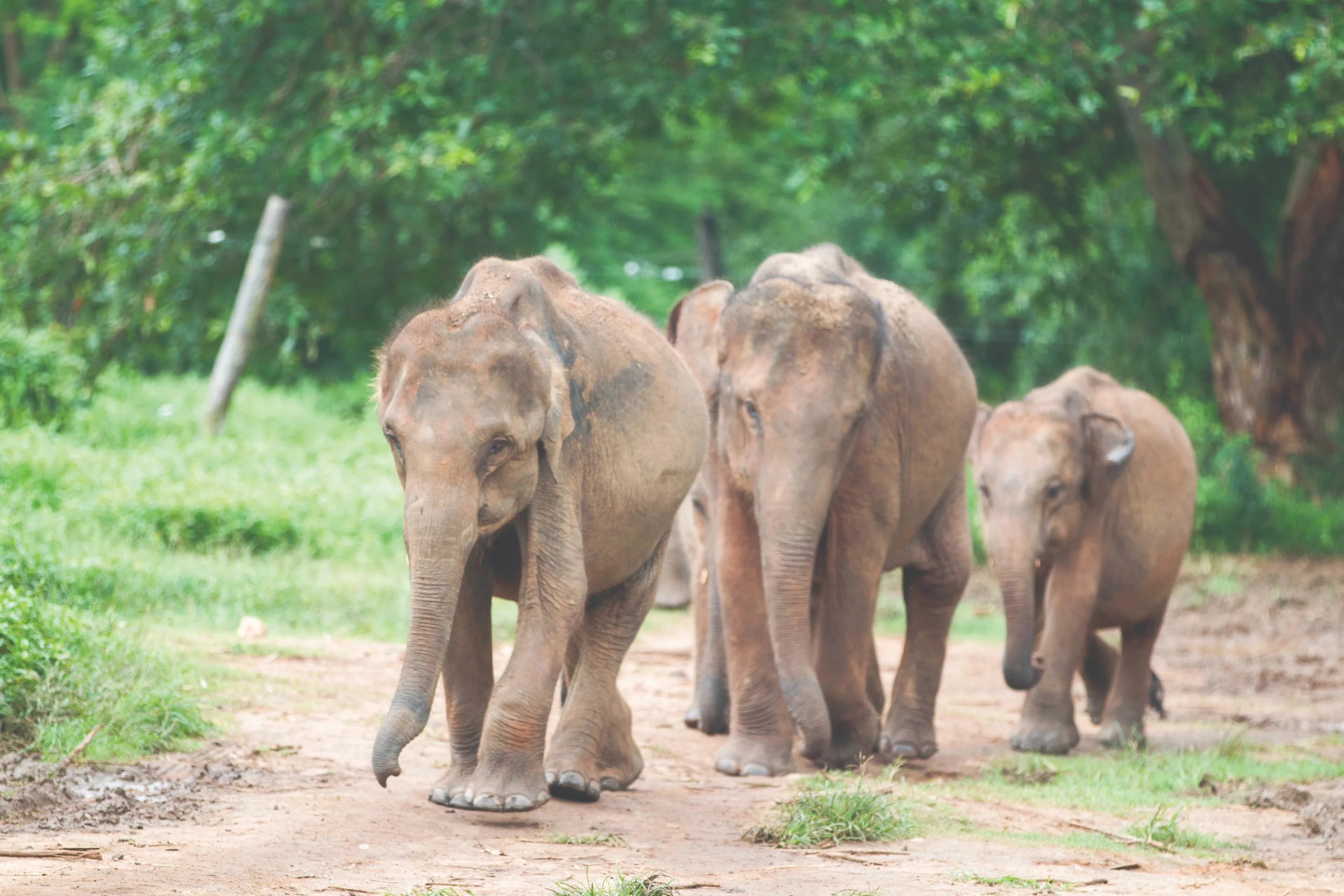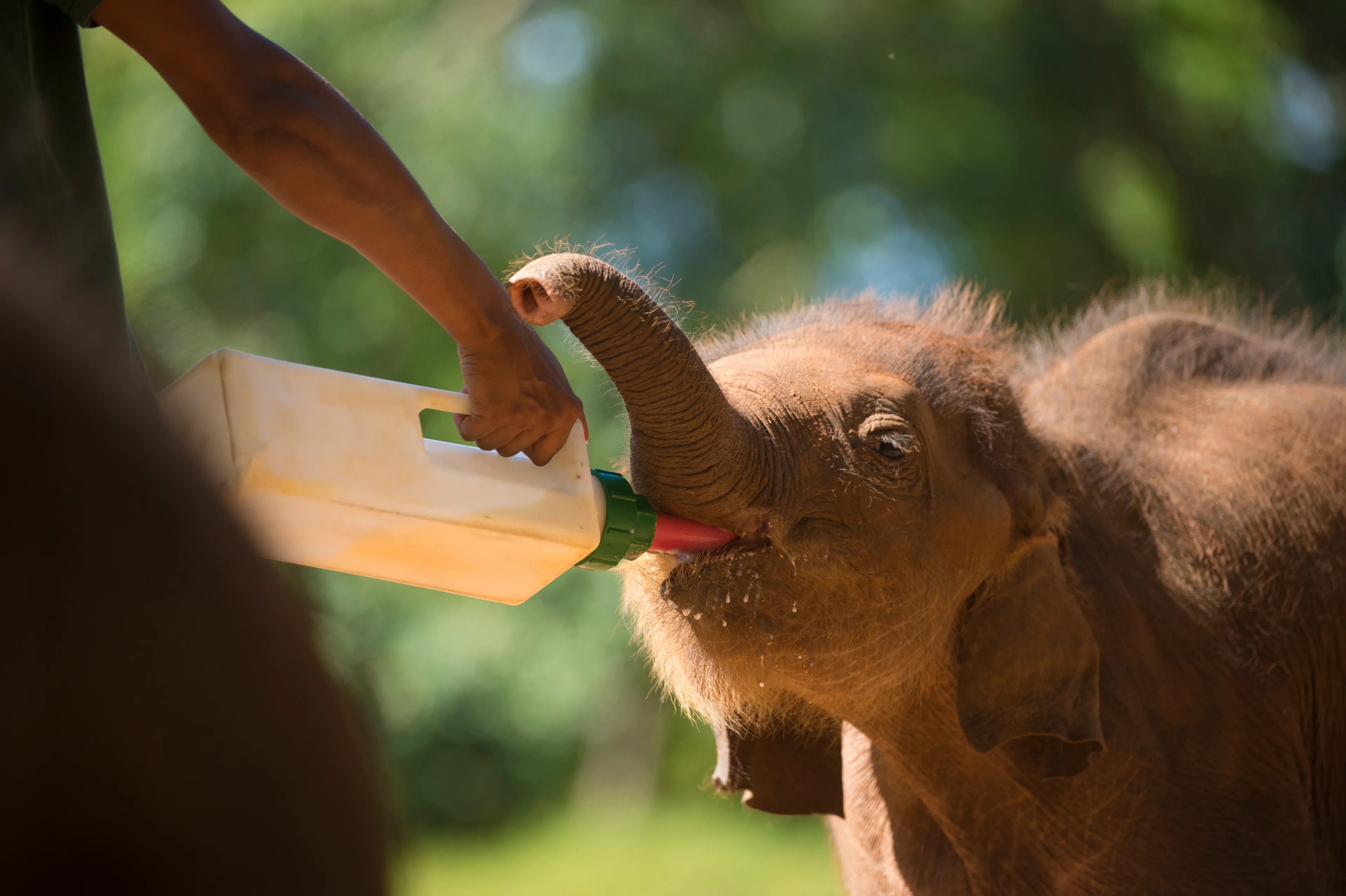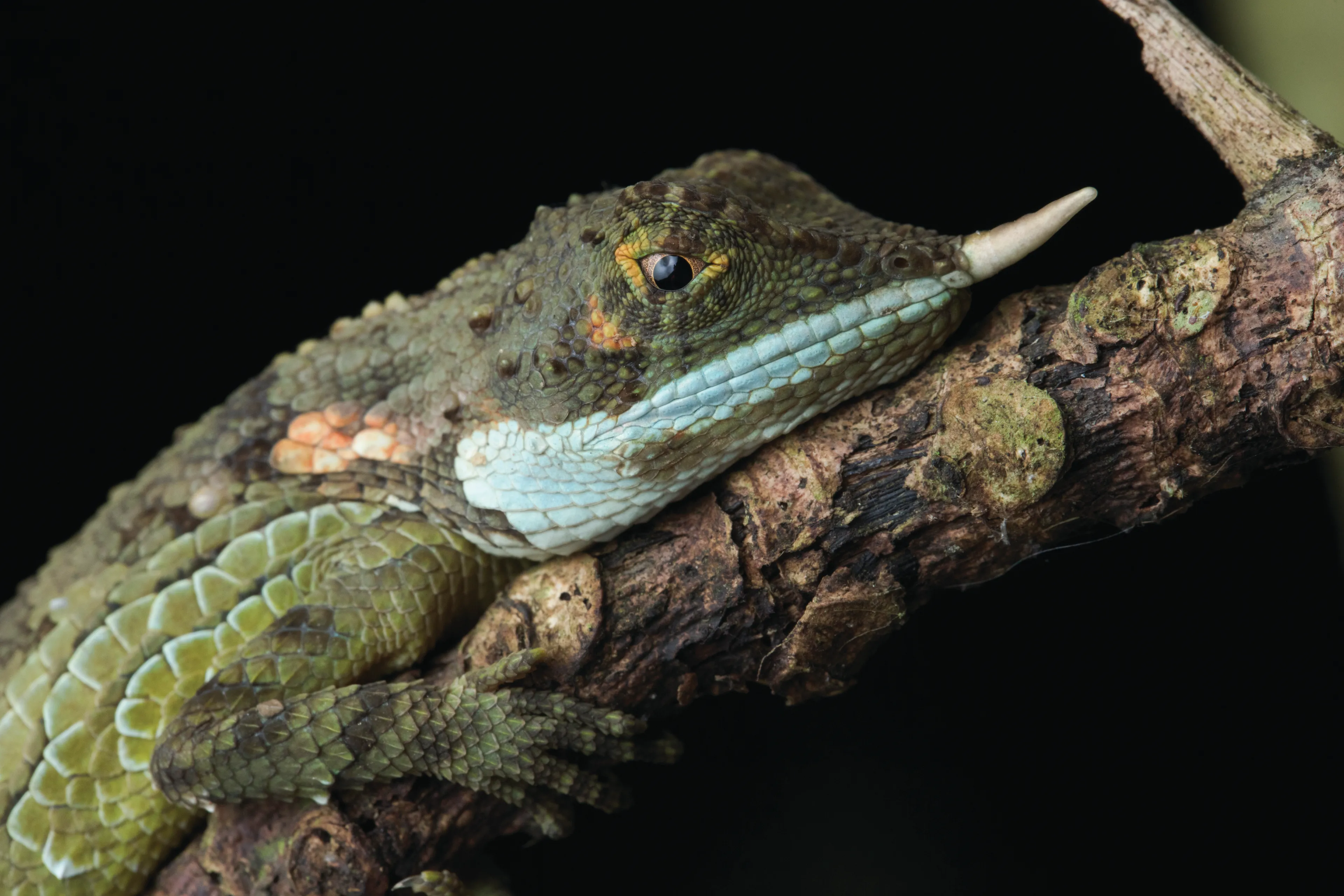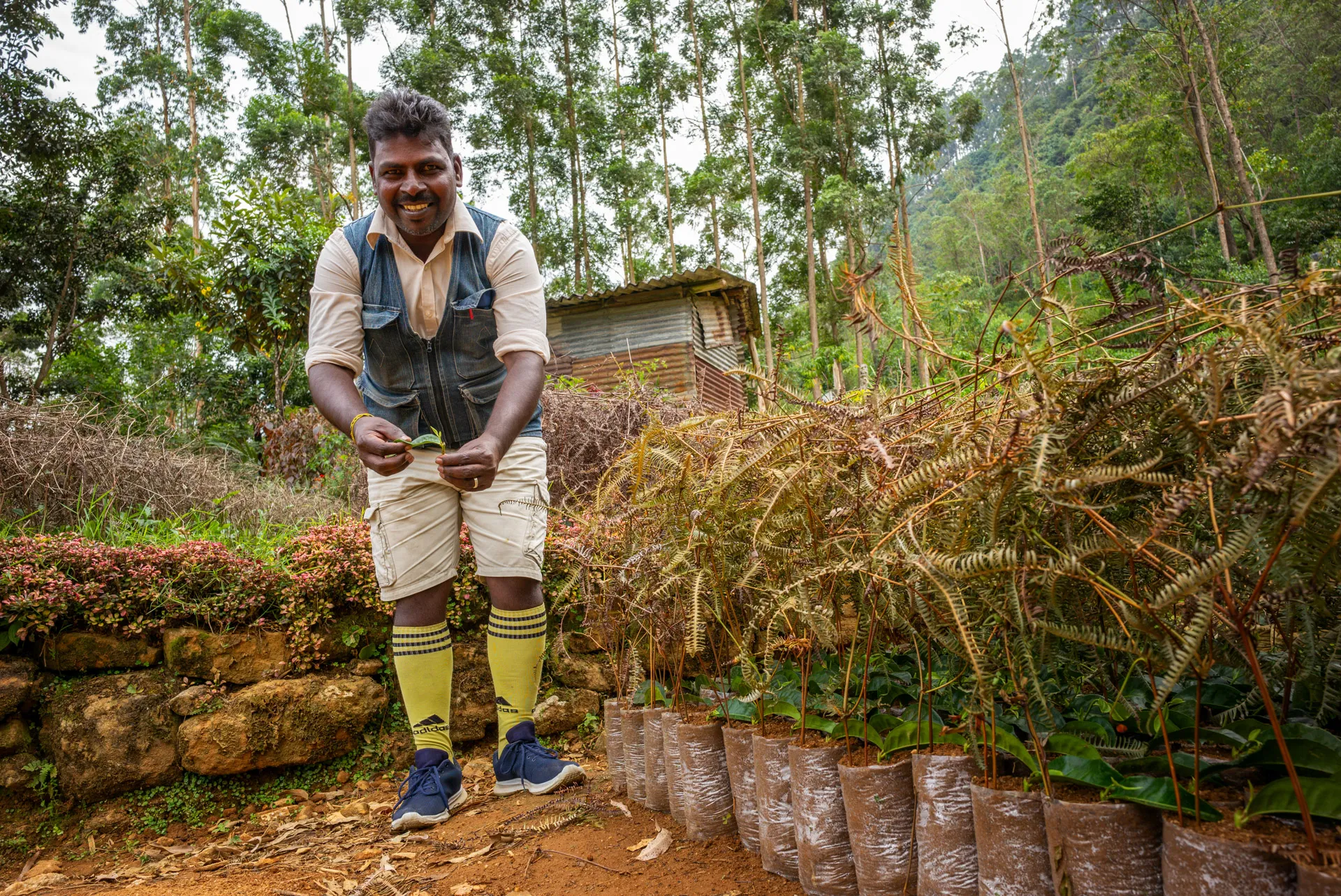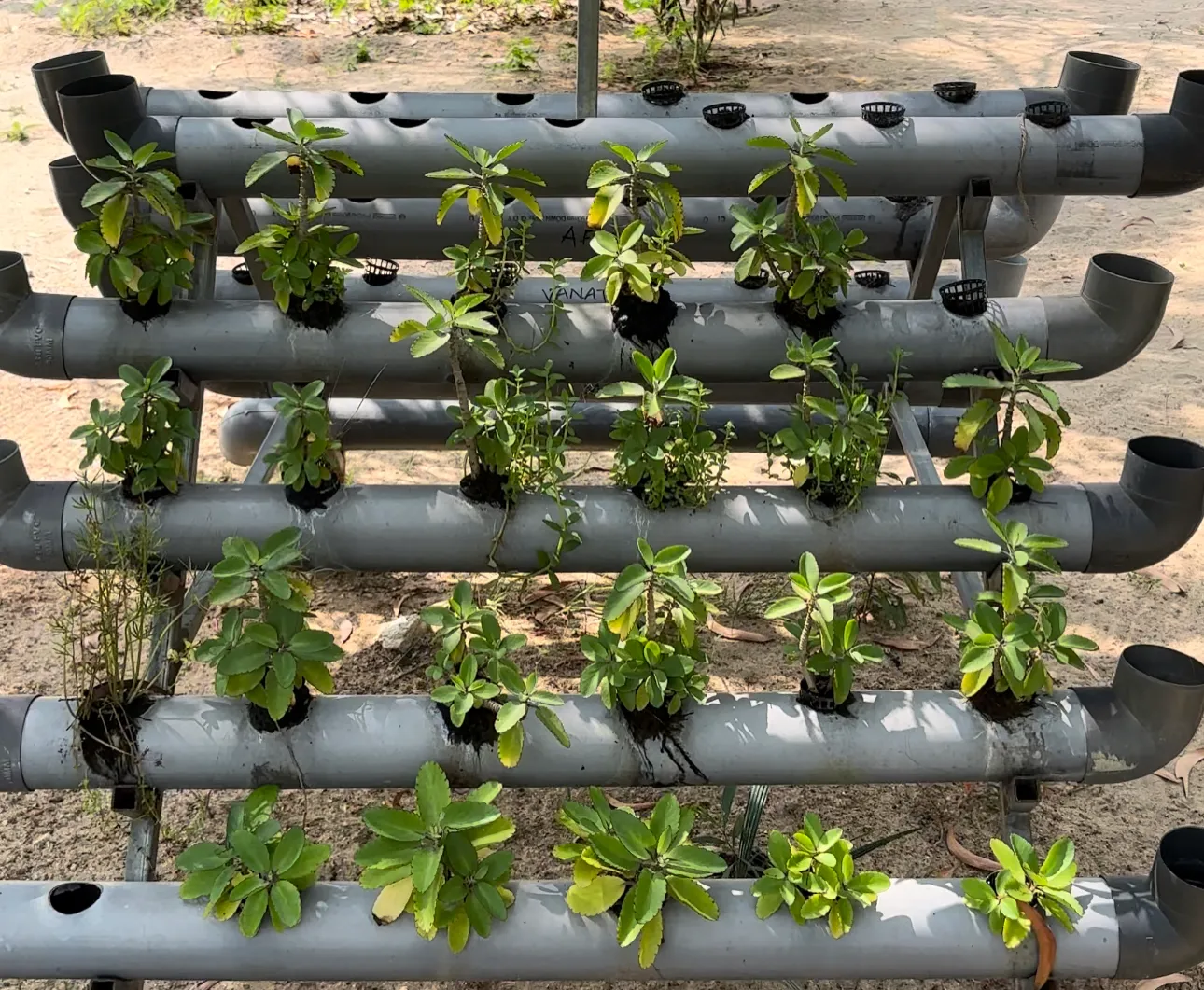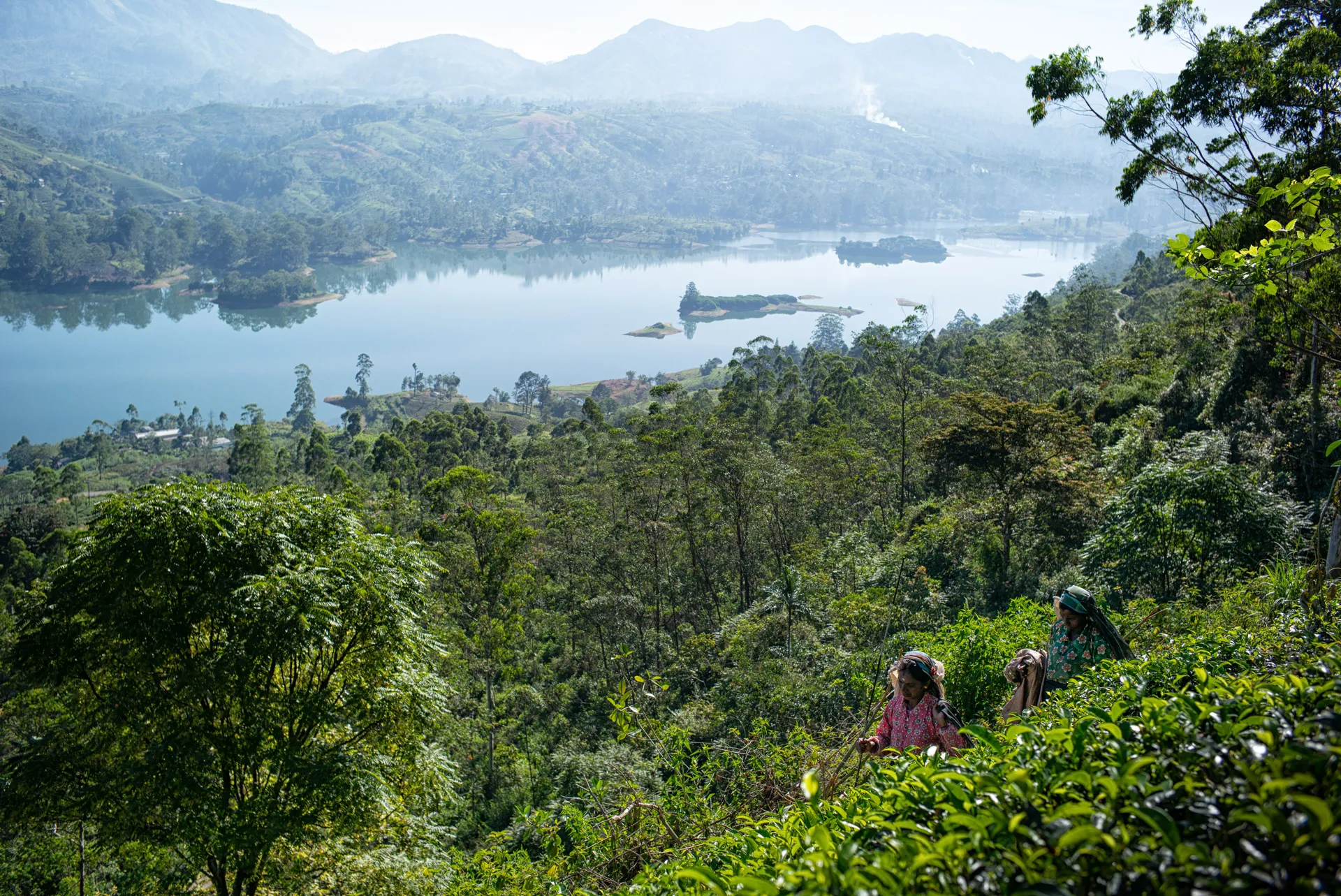Protecting Wildlife in Sri Lanka
Sri Lanka is a country rich in biodiversity, and is home to an impressive variety of ecosystems and a diverse range of species. But the animals face some serious challenges and Dilmah Conservation is one of the driving forces in the efforts to help.
Chapters
Threats to wildlife in Sri Lanka
Sri Lanka’s wildlife include elephants, leopards, sloth bears, water buffalo, and crocodiles, and is also home to several endemic species, such as the Sri Lankan junglefowl.
Among the various threats to the country's wildlife, one of the most critical is the destruction of natural habitat arising through human activities, such as deforestation, agriculture, settlement construction, and mining. Deforestation, in particular, has had a terrible impact on Sri Lankan wildlife, forcing several animal species to flee their habitats, or even ensuring their eventual extinction.
Poaching is another grave threat to wildlife in Sri Lanka. Poaching involves the illegal capture and trade of wildlife, and often their killing for such products as ivory, horns, furs, and jewelry. Elephants and rhinos are among the most poached species in Sri Lanka, and are at high risk of extinction. There have also been reports of an increase in poaching during the COVID-19 pandemic. In response, the sealing-off and closure of tourist areas have deprived locals of income and employment opportunities. As a result, many have turned to illegal activities, including poaching, to make a living. Elephants are particularly vulnerable to this, as their ivory has a high value on the black market. Poaching activities can also take place covertly, as monitoring of protected areas by rangers is limited, and attention of authorities is focused on managing the pandemic.
Climate change, and its impact on wildlife habitat and behavior, is another growing threat. With the increasing frequency of extreme weather events like droughts, floods, and forest fires, wildlife must adapt to changing living conditions or find new habitats. Overall, such threats in Sri Lanka are of immediate concern, and require urgent action to protect wildlife and their ability to survive.
Protected areas and conservation measures in Sri Lanka
Sri Lanka is home to some of the most famous and diverse protected areas in the world. The wildlife in these areas is unique and diverse. Among the best known protected areas are Yala National Park, and Udawalawe National Park. But despite great efforts, poaching had increasingly victimized wildlife in both national parks. The Yala National Park is an important habitat for a variety of wildlife. It covers an area of about 1,259 square kilometers and is home to elephants, leopards, bears, crocodiles, and numerous species of birds. Most especially, its large population of leopards has made Yala National Park known internationally. Using several protection measures, the population of leopards there has been stabilized in recent years. Tourists can observe the impressive wildlife up-close on safaris through the park.
The Udawalawe National Park is another significant wildlife sanctuary in Sri Lanka. This park is located in the southern portion of the island, and is especially well known for its elephant population. However, it is also home to numerous other species, such as leopards, sloth bears, water buffaloes, crocodiles, and various birds. The park was established in the 1970s, and has been an essential place for wildlife conservation ever since. In addition to wildlife conservation, the park is known for its scenic beauty, and its numerous waterfalls. Like Yala National Park, Udawalawe National Park offers visitors the opportunity to go on safari and encounter the park's unique wildlife. The park is a major symbol of Sri Lankan wildlife conservation, and a site where visitors can experience the beauty and importance of nature first hand.
Sri Lankan governments have done much in recent years to conserve wildlife in these protected areas. This includes such measures as erection of fences and shelters, hiring of wildlife rangers, and implementation of educational programs to raise awareness among the population about wildlife conservation. There are also initiatives to restore habitats, and combat poaching and illegal logging.
Although these areas are protected by the government, wildlife conservation remains a major challenge. Hotel developments and increased tourism pose a threat to natural habitats. It is important that the government and visitors to these areas work together to ensure that wildlife in these protected areas remain safe, and are preserved for the benefit of future generations.
Dilmah's commitment to wildlife conservation
Dilmah is deeply committed to the protection of wildlife in Sri Lanka. In fact, part of our sustainability program is such a commitment to protect and preserve both nature and wildlife. This includes supporting protected areas, such as the aforementioned Yala National Park, where Dilmah also offers safaris to help visitors understand wildlife and conservation needs. We also support projects, such as the Elephant Transit Home, to rescue injured or endangered animals.
The Elephant Transit Home (ETH) is a facility in Sri Lanka that specializes in raising baby elephants. The baby elephants taken in at ETH have lost their mothers or are orphaned. At ETH, they are raised and later released into the wild to roam and live in their natural habitat. In this way, the ETH aims to raise baby elephants in order to increase their chances of survival in the wild. The facility also seeks to increase public awareness and understanding of elephant and other wildlife conservation.
The Elephant Transit Home is supported by the Sri Lanka Wildlife Conservation Society and the Born Free Foundation, and, since its inception in 1995, has taken in, raised, and successfully released hundreds of baby elephants into the wild.
Our Uda Walawe Wildlife Program by Dilmah Conservation is a project dedicated to the protection and conservation of wildlife in Sri Lanka. Its mission is to conserve wildlife habitat, and improve their living conditions. To this end, we have supported the Udawalawe National Park, considered one of the most important Sri Lankan elephant habitats. Under this program, numerous activities are carried out, such as promoting research and education, monitoring the animal population, and supporting wildlife habitat improvement projects.
We also work closely with local communities to promote heightened awareness about wildlife conservation, and promote sustainable land use practices. The Uda Walawe Wildlife Program demonstrates that companies can, indeed, significantly contribute to wildlife conservation, through specific investment in projects and programs that help protect and conserve wildlife.
In addition to the Uda Walawe Wildlife Program, we are also committed to protect wildlife in Sri Lanka in other ways. This includes, for example, supporting projects to and reintroduce endangered species, such as the Sri Lanka leopard, and to save the region's biodiversity.
We are also promoting education in the surrounding communities, to generate greater awareness of the need to protect wildlife and their habitats. In addition, the company works hard to implement sustainable land use practices, and to reduce harmful environmental impacts in order to improve the living conditions of wildlife.
Challenges and future developments
Although both we and other organizations are very committed to protecting wildlife in Sri Lanka, many challenges remain. One of the biggest problems is habitat loss, due to the expansion of human settlements, and the increasing appropriation of land for agricultural use. To address these challenges, it is crucial that more protected areas, such as Udawalawe National Park and Yala National Park,are created, and that existing protected areas are both expanded and better protected.
In the future, it will be increasingly important to raise public awareness of the need to protect wildlife and their habitats. This is where we and other organizations have a major role to play. With programs such as the Uda Walawe Wildlife Program and the Elephant Transit Home, we would like to make our contribution towards increasing public awareness and understanding of wildlife conservation and sustainability.
But each individual can also contribute to the protection of wildlife in Sri Lanka - yes, you too! One example is to act responsibly when traveling in protected areas and national parks, and to respect the rules and regulations in order not to disturb the wildlife.
One can also help through the support of conservation projects and organizations, already working to preserve wildlife. This might include donations or volunteer work. It is also important to shop consciously, and to avoid products that threaten wildlife habitat in Sri Lanka, such as palm oil products that lead to deforestation and habitat loss.
By participating in local initiatives and actions, people can also help raise awareness about wildlife conservation, and the necessity for its preservation. In short, everyone can do his or her part to protect Sri Lankan wildlife by taking conscious action to conserve these critically important animals.
Conclusion
In summary, Sri Lanka has rich and diverse wildlife that are in need of everyone’s protection and preservation. But despite massive challenges and threats posed by poaching, climate change, and human impact, there is also hope. Many conservation organizations and companies are actively working to protect wildlife and conserve biodiversity, and are taking concrete action. By establishing protected areas, and through initiatives like the Elephant Transit Home, endangered species like elephants can be saved from extinction.
However, it is equally important that each individual also does his or her part to protect wildlife, for example, by traveling in an environmentally conscious manner, learning about organic products, and consciously avoiding the consumption of products that have resulted from poaching.
You, as a Dilmah tea drinker, are a real change-maker. The proceeds from your cup support the good work of Dilmah Conservation, which is making significant efforts to protect Sri Lanka's biodiversity, and to promote sustainable development. By working together with local communities, and engaging in conservation and education initiatives, the organization is helping to ensure that Sri Lanka's natural resources are preserved for future generations.
Explore the world of kindness
Have you ever wondered about the lifecycle of a tea plantation, particularly how new tea plants are cultivated and old ones are managed? I went to Dunkeld Tea Estate, where the art and science of tea begins in the nursery.
Discover how the MJF Centre for Dignified Empowerment and Sustainable Development helps Eastern Sri Lanka's recovery from natural disasters and addresses climate change through sustainable practices and community-focused initiatives.
You might have heard it already, but what is exactly World Earth Day? Let us talk you through what it stands for, what it means for us at Dilmah, and how it is not just a day but a part of our values.
